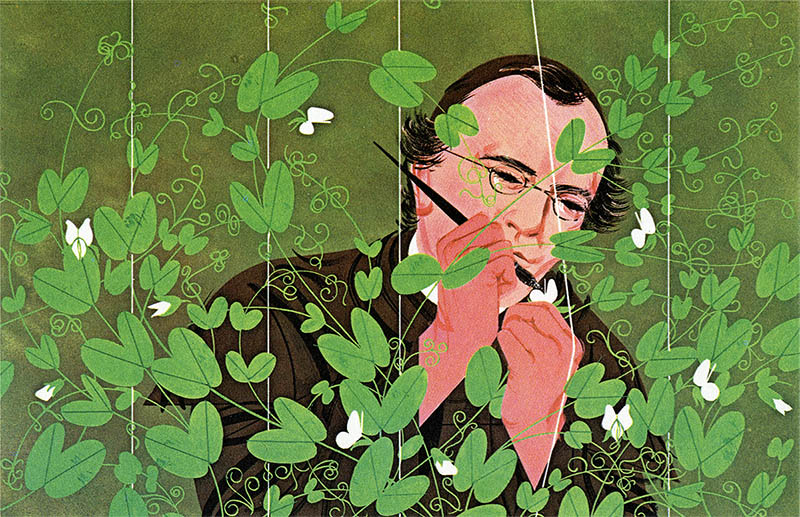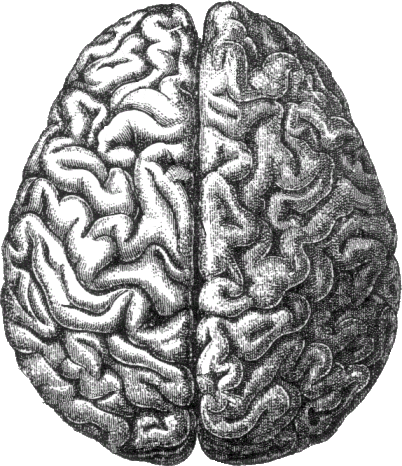-
Introduction Lesson 6.1 - Mendel's Peas
Welcome back!
D id you ever wonder why more people seem to have brown eyes compared to blue eyes? Or why people who are related look like each other. Well, it all comes down to the instructions – the DNA. Every organism living today, from pea plants to people, inherited their traits or unique features from their ancestors. In other words, your looks and even aspects of your personality, have been “donated” to you by your parents. Of course, it doesn’t end there. Your parents got their traits from your grandparents, and your grandparents got theirs from your great-grandparents, and your great-grandparents got their traits from your great-great-grandparents, and on and on… You are but the tip of the branch on your family tree. The latest version, so to speak. The next link in a chain that goes back millions and millions of years.T his process of passing traits from parents to their children (or offspring) is called heredity, and some of its most fundamental secrets where discovered by a man named Gregor Mendel in the mid-1800s. Like many who make significant scientific discoveries, Mendel wasn’t looking for what he found. In fact, Mendel wasn’t even a scientist - he was a monk. A monk who loved to grow a garden, had a knack for math, and was a very, very patient man. Mendel conducted thousands of experiments growing and breeding pea plants. He always made sure to take careful notes on what the resulting offspring looked like. Over time Mendel noticed that some traits or characteristic always showed up more than other traits. He called these stronger traits the dominant traits, and the traits that seemed to disappear the recessive traits. Through his experiments breeding pea plants, Gregor Mendel stumbled upon the secret rules to how genetic information is passed on between one generation and the next. And these rules, as scientist would later learn, not only applied to pea plants, but to other living organisms as well…including us!
B y the end of this lesson, you should be able to define heredity, and describe the experiments conducted by Gregor Mendel.
C onsider the following questions while you are working through the lesson:Why do people look and behave differently? Why did Gregor Mendel use pea plants to study how traits are inherited? How can you determine if a flower is self-pollinating? Explain what would have happened if Gregor Mendel hadn’t removed the anthers from one of his pea plant flowers? Compare and contrast dominant and recessive traits? Why do certain traits reappear in the second-generation offspring? 
-
Summary Summary Instructions for Lesson 6.1
N ow that you've completed your notes for this lesson, it's time to carefully review them. To receive credit, your summary must reach a minimum word count, and must include all of the required vocabulary terms listed below.Use your notes and the Guiding Questions in the lesson Introduction to help you.
Required Vocabulary Terms:
heredity, trait, Gregor Mendel, self-pollinating flower, anther, stigma, ovule, dominant, recessive
Minimum Length:
65
REMEMBER TO WRITE YOUR SUMMARY IN GOOGLE DRIVE FIRST!
-
Quiz -
Activities Video Activities
CLICK HERE TO WATCH THE GENETICS & HEREDITY VIDEO AFTER THE LESSON
Instructions: Watch the BrainPOP videos below and then take the "Classic Quiz." Pass the quiz with a 80% or better and show Mr. Guidi to earn a token. 
-
Project Project 6.1 - Mendel's Peas
Nothing here yet...
Nothing here yet...
Nothing here yet...

